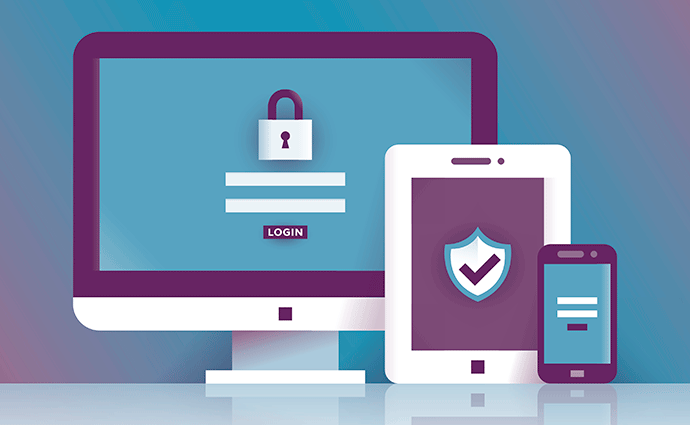South Dakota Governor Looks to Make Telehealth Coverage Permanent
South Dakota Governor Kristi Noem has announced plans to submit two bills that would make permanent her emergency telehealth rules enacted during the COVID-19 crisis.

Source: ThinkStock
- South Dakota Gov. Kristi Noem has announced plans to permanently extend emergency telehealth rules enacted during the coronavirus pandemic.
The governor announced this week that she would introduce two bills, one to keep in place telehealth access and coverage rules and the other to “make permanent the recognition of certain out-of-state healthcare licenses.”
“COVID-19 challenged us in new, unforeseen ways, and those challenges provided us an opportunity to adapt and find innovative ways to deliver healthcare in South Dakota,” she said in a press release. “The flexibilities that we put in place in response to the pandemic have worked, with no concerns regarding their implementation. We will continue to strengthen South Dakota healthcare by welcoming these successes, building on them, and leaving flexibility for even more innovation into the future.”
With the pandemic bearing down on the nation early in 2020, the federal government and most states passed emergency rules designed to expand access and coverage of connected health for the duration of the public health emergency.
While these measures have helped fuel a surge in telehealth adoption, many providers are wary of investing in long-term telehealth use until they know how rules will play out when the public health emergency is over. Some states have moved to make some or all emergency measures permanent, while others are waiting on the federal government to take action.
Noem’s bills would make permanent emergency measures contained in two executive orders, 2020-07 and 2020-16. Specifically, those orders:
- Eliminated the requirement that an in-person exam be conducted before a care provider begins telehealth treatment with a new patient;
- Enabled providers to prescribe certain medications via telehealth;
- Eliminated the requirement that a telehealth encounter be on an audio-visual platform, thus enabling providers to use audio-only phones for some services; and
- Allowed the state to recognize medical licenses from states included in the Uniform Emergency Management Assistance Compact (EMAC), a mutual aid agreement that allows states to share resources during natural and man-made emergencies.
The licensure announcement is murky. Telehealth advocates have long argued that the current practice of requiring a license from every state is complicated and costly, and that it hinders telehealth programs that aim to serve multiple states. Some have suggested expanding licensure compacts that enable providers to acquire licenses more easily from other states, while others are leaning toward portability compacts that allow states to recognize licenses from other states. Some are even suggesting one license for the entire country.
Whether Noem is calling for license recognition only during an emergency or at all times will depend on how the bills are phrased.
